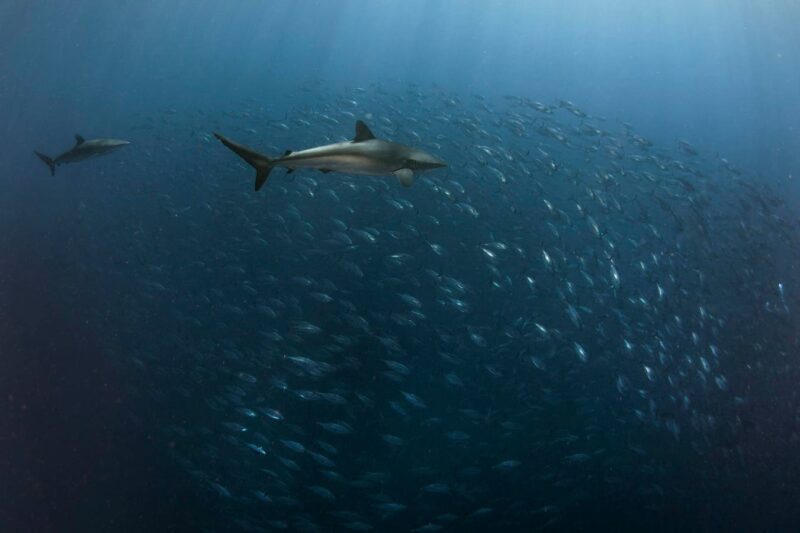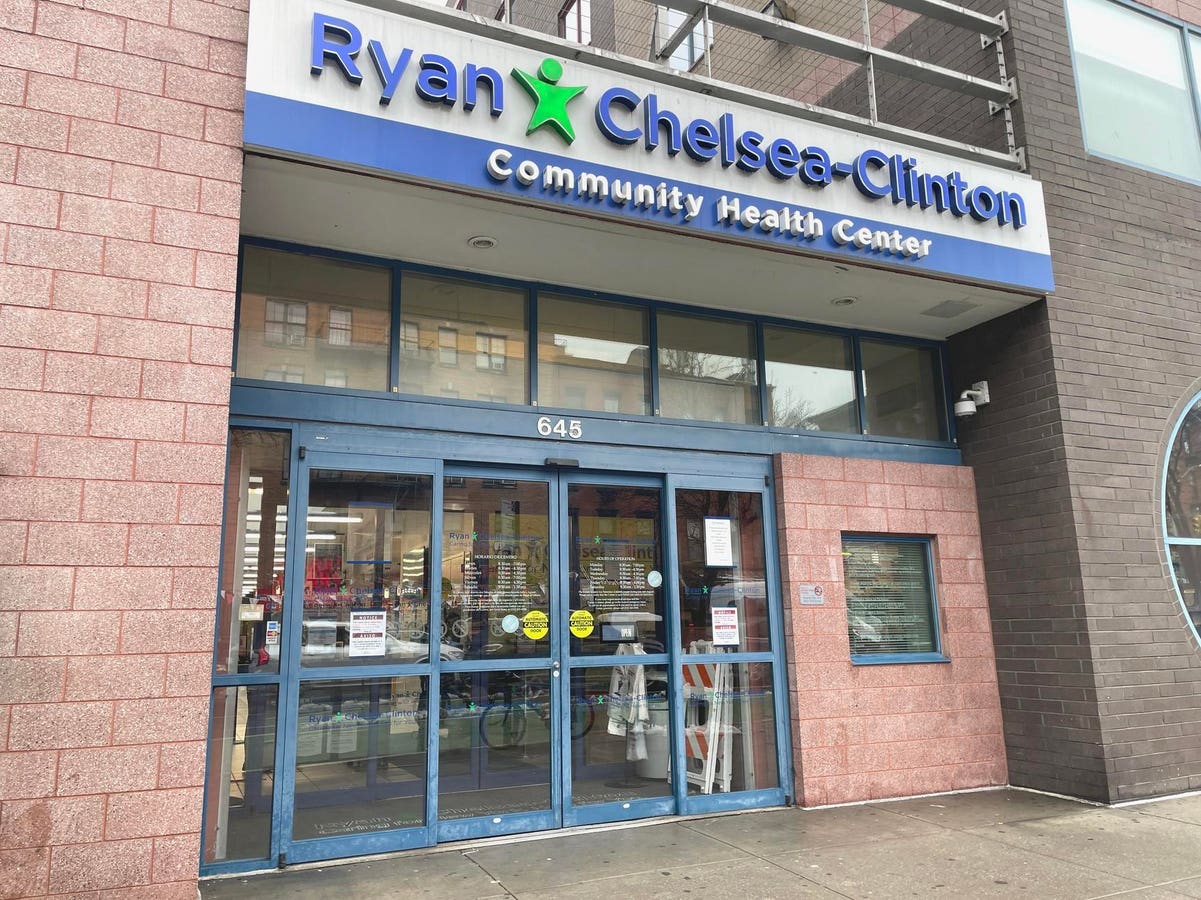Two silky sharks (Carcharhinus falciformis) swimming next to a big school of bonito fish in Socorro Island, Revillagigedo, Mexico. (Photo by: Luis Javier Sandoval/VWPics/Universal Images Group via Getty Images)
VWPics/Universal Images Group via Getty Images
The ocean is never just one thing.
To travelers and dreamers, it is a place of wonder, a horizon that stretches farther than the eye can see. To conservationists, it is a fragile ecosystem, full of creatures that need protection from human impact. To fishermen, it is a workplace, a source of livelihood where timing, skill, and knowledge of the tides can mean the difference between a good catch and an empty net. To scientists, it is full of data points, currents, and species that reveal the inner workings of our planet. And to local communities, it is both history and sustenance, shaping culture, cuisine, and traditions over generations. For the 58 purse seine tuna vessels operated by the TUNACONS Foundation, this vast expanse is more than a fishing ground — it is a laboratory of sustainability. Every day, observers step onto decks where steel and wood meet the sea, tracking not just the tuna they catch but an array of other animals (like sharks, rays, and turtles) that share these waters. Sensors collect data, satellite tags follow the journeys of mobula rays and silky sharks, and the ocean’s rhythms become measurable patterns, revealing the delicate balance between human activity and marine life. On each vessel in this fleet, each haul is both a harvest and an experiment, each release of a bycatch species a step toward understanding how we can fish responsibly while protecting the creatures that make these waters alive.
Catching over 130,000 tons of tuna annually in the Eastern Pacific, TUNACONS has committed to doing so responsibly, going even beyond the standards set by the Marine Stewardship Council. For Director of TUNACONS is Guillermo Morán, this feat is not just about meeting quotas or regulations, but ensuring fish populations remain productive, other species and habitats thrive, and human activity leaves the smallest possible ecological footprint. At the heart of this effort is the On-Board Observer Program for Class 6 vessels, which has reached 100 percent coverage in line with national and international standards. Observers meticulously document every catch and bycatch event, from tuna to protected species, providing a reliable window into what happens on the deck. The program uses the same data platforms as the Inter-American Tropical Tuna Commission and national programs in Ecuador, ensuring consistency and accuracy. By applying Best Onboard Practices, crews are trained to handle animals carefully, reduce bycatch, and enhance operational efficiency.
Since 2017, TUNACONS has collaborated with the Conservation Action Lab at UC Santa Cruz, Manta Trust, the Monterey Bay Aquarium, and IATTC to study five species of Mobula rays in the Eastern Pacific. Observers have been trained to collect tissue samples and tag mobulas with satellite devices to track their post-release survival. Over 45 tissue samples were collected and sequenced with CITES approval, providing insights into population genetics and spatial distribution. Satellite tagging since 2019 has offered valuable data on survival rates and factors affecting them, while observers achieved a 98 percent live-release rate for 37 tagged mobulas out of 250 caught incidentally. Silky sharks (Carcharhinus falciformis) are another species that has benefited from TUNACONS’ initiatives, with 27 being satellite tagged, while 91 blood samples were collected to measure stress levels. This has allowed researchers to assess post-release survival and understand how fishing practices influence vulnerable species.
Giant Manta ray, manta birostris in San Benedicto Island Revillagigedo archipelago, Pacific ocean, Mexico. (Photo by: Luis Javier Sandoval/VW Pics/Universal Images Group via Getty Images)
Universal Images Group via Getty Images
Observers now receive specialized training in identifying key species (including turtles, numerous shark species, and manta rays), supported by onboard field manuals, creating a knowledgeable workforce capable of making real-time conservation decisions. From 2018 to early 2024, TUNACONS recorded thousands of live releases of bycatch species: 13,484 silky sharks, 3,908 other sharks, 654 mobula rays, and 384 sea turtles. But the foundation’s work is not limited to the ocean. Digital innovation and data analytics are central to improving fisheries management and the second phase of the TUNACONS Fisheries Management Project now incorporates artificial intelligence, using environmental and operational variables along with historical data from a broader fleet. This expanded dataset allows predictive models to better anticipate changes in fishery dynamics and guide decision-making. Dynamic dashboards process over 471,000 data points, making critical information more accessible to managers and enabling evidence-based operational choices, and plans are underway to integrate new datasets and expand dashboard functionalities. Challenges like delayed data integration have been addressed, with ongoing work to finalize processing of 2023 data and the first quarter of 2024, along with additional data from partner companies to strengthen fisheries management systems.
The story of TUNACONS is ultimately one of integration between human skill and technology, economic activity and ecological responsibility. They’ve demonstrated that responsible fishing is possible on a large scale, and offered a glimpse into what the future of fisheries could look like — where every decision is informed by science, every animal counts, and every stakeholder has a role to play. In a world where oceans face increasing pressures, initiatives like this provide hope that human ingenuity can align with nature, ensuring that both tuna and their ocean neighbors continue to flourish.









